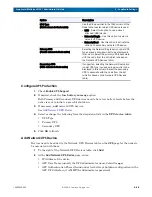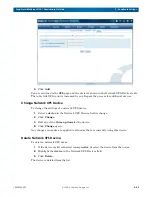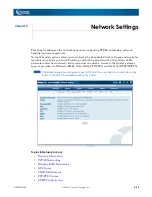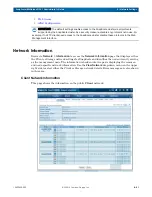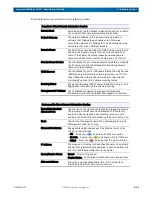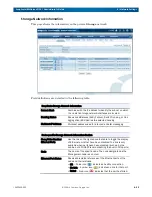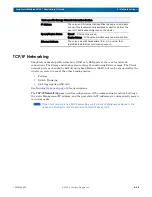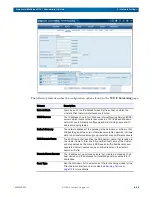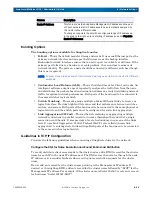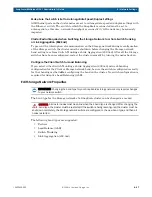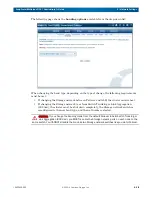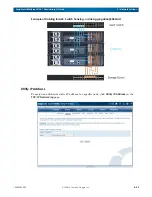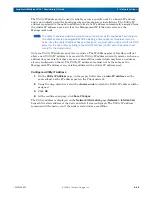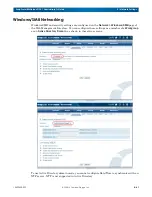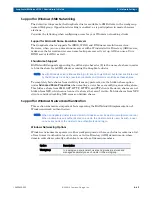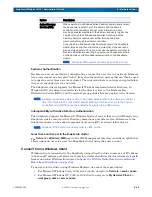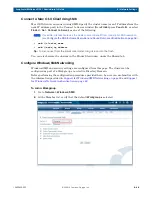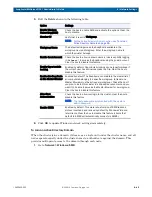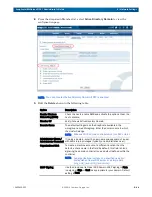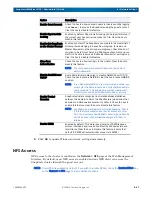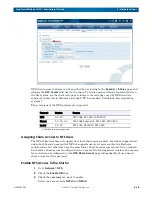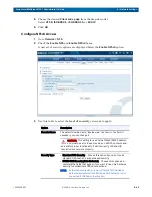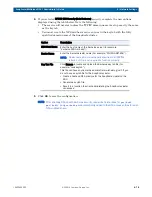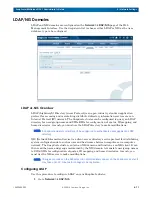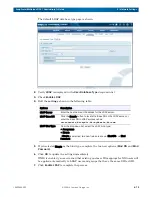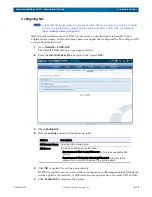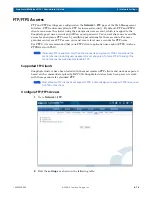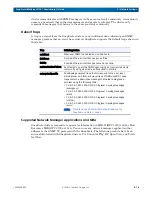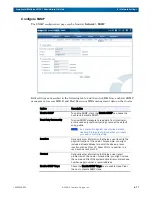
10400455-002
©2008-14 Overland Storage, Inc.
62
SnapScale/RAINcloudOS 4.1 Administrator’s Guide
4 – Network Settings
Support for Windows/SMB Networking
The default settings make the SnapScale cluster available to SMB clients in the workgroup
named
Workgroup
. Opportunistic locking is enabled, as is participation in master browser
elections.
Consider the following when configuring access for your Windows networking clients.
Support for Microsoft Name Resolution Servers
The SnapScale cluster supports NetBIOS, WINS, and DNS name resolution services.
However, when you use a domain name server with a Windows Active Directory (ADS) server,
make sure the forward and reverse name lookup are correctly set up. ADS can use a Unix
BIND server for DNS as well.
ShareName$ Support
RAINcloudOS supports appending the dollar-sign character ($) to the name of a share in order
to hide the share from SMB clients accessing the SnapScale cluster.
NOTE: As with Windows servers, shares ending in '$' are not truly hidden, but rather are filtered out
by the Windows client. As a result, some clients and protocols can still see these shares.
To completely hide shares from visibility from any protocols, use the hidden share option
under
Advanced Share Properties
when creating a new share or modifying an existing share.
This hides a share from SMB, AFP, HTTP, HTTPS, and FTP clients. However, shares are not
hidden from NFS, which cannot connect to shares that aren’t visible. To hide shares from NFS
clients, consider disabling NFS access on hidden shares.
Support for Windows Network Authentication
This section summarizes important facts regarding the RAINcloudOS implementation of
Windows network authentication.
NOTE: When a SnapScale cluster joins a domain, it does so under its cluster name (Scale
nnnnnnn
).
When a domain user is authenticated on a node, the cluster name is used. As such, a user
can use any node of the cluster to be authenticated and log on.
Windows Networking Options
Windows environments operate in either workgroup mode, where each cluster contains a list
of local users it authenticates on its own, or Active Directory (ADS) domain mode, where
domain controllers centrally authenticate users for all domain members.
Option
Description
Workgroup
In a workgroup environment, users and groups are stored and
managed separately on each cluster in the workgroup.

